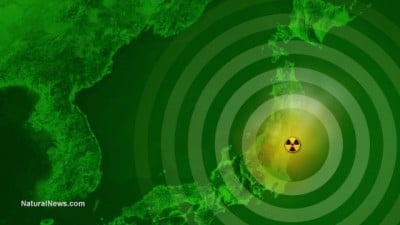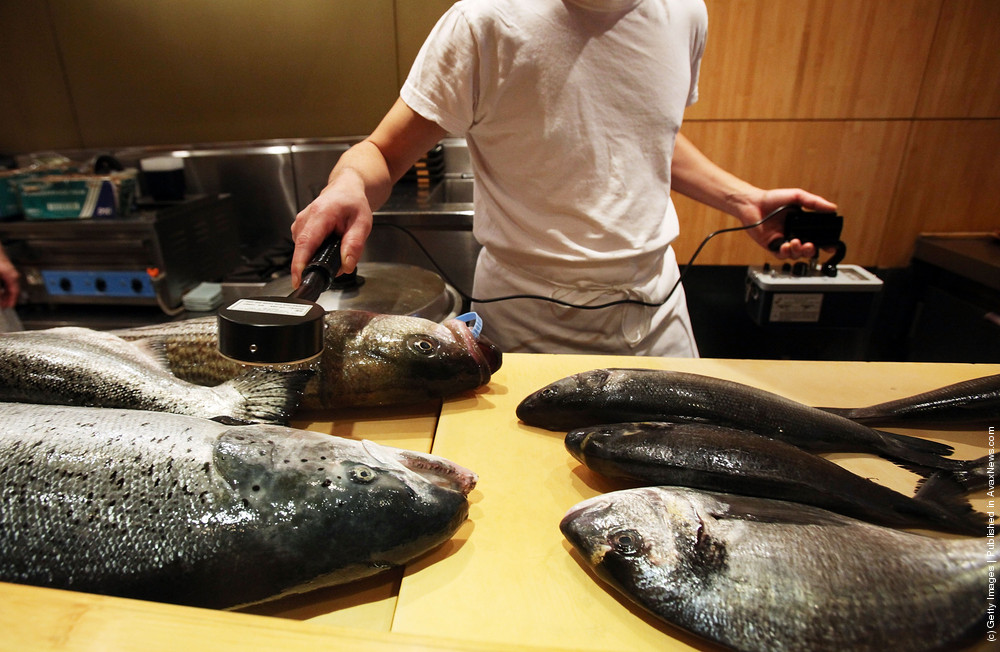
Contributing Writer for Wake Up World
Modern cigarettes contain a whopping 600 ingredients, which translates to over 4000 chemicals. In addition to the familiar toxic ingredients found in cigarettes like tar and nicotine, many people are surprised to learn that cigarettes contain many other highly toxic ingredients, such as formaldehyde, ammonia, hydrogen cyanide, arsenic, DDT, butane, acetone, carbon monoxide, and even cadmium.
Did you know that The National Institute on Drug Abuse has estimated that in the United States alone, smoking is responsible for more than 400,000 deaths per year, and that by the year 2030 tobacco related deaths worldwide are projected to be approximately 10 million?
It is no surprise that this chemical cocktail is responsible for so many deaths resulting from two of the leading killers in the United States: cardiovascular disease and cancer. But there are other common health conditions that are also linked to smoking and exposure to second-hand smoke, including spine and joint disorders.
Because smoking decreases the ability of the blood to carry oxygen, the body compensates by increasing heart rate and blood pressure, which eventually results in poor circulation. With poor circulation comes a decrease in the blood vessels’ ability to carry nutrients to living tissue, which includes bones and the discs of the spine. Long term, this can compromise bone and joint physiology, the body’s ability to heal from injury, and a lack of vertebral disc nutrition, all of which can ultimately result in chronic pain and loss of mobility.
There is a Positive Side!
On a positive note, because of the resiliency of the human body, the damaging effects of smoking can be reversed. When an individual commits to quitting, the healing effects instantly begin. Within minutes, blood pressure and heart rate decrease and normalize. Within about a day, dangerous levels of carbon monoxide decrease and eventually levels are undetectable. Inflammation steadily begins to decrease as more oxygen is circulated throughout the body, and even the lungs may heal to an extent based on the number of years an individual smoked. Statistics show that after a person has quit smoking for ten to fifteen years, the risk of developing lung cancer decreases to the level of a person who never smoked.
Are the new electronic cigarettes a good substitute for modern cigarettes?
Recent German research says no. Despite the fact that they contain less harmful substances, it has been found that after five minutes of using this alternative cigarette, signs of airway constriction and inflammation develop. Furthermore, even though e-cigarettes produce substantially fewer ultra-fine particles than modern cigarettes, when smoked indoors, the particles that are emitted accumulate and can impact users and second-hand by-standers, much like chronic exposure to artificial air fresheners.
Though pharmaceuticals and nicotine replacement are realistic options to help you quit smoking, they are not without risk and side effects. Natural options such as acupuncture, exercise, nutrition (vitamin C and B vitamins – Did you know that your body is depleted of at least 25 mg of vitamin C per cigarette), meditation, nature walks, and support groups have also been shown to be effective in reducing cravings and withdrawal symptoms.
Previous articles by Dr. Michelle Kmiec:
- The Truth About Insomnia, Depression and Anxiety
- Natural Cure for Depression Silenced?
- The Link Between Stress and Intestinal Parasites – and What to Do About Them
- Arthritis Cure Found in Nature
- The Sun & Skin Cancer: the Truths, Pseudo-Truths & Lies of Mainstream Science
- A Natural Cure for Migraines
- Natural Cure for Chronic Pain Syndromes Silenced by the Medical Establishment
- Fluoride Linked to Coronary Heart Disease
- The REAL Truth Behind Sugar
- How Clean Is Your Drinking Water?
About the author:
Dr. Michelle Kmiec is a board certified chiropractic physician who also holds a Bachelor of Science degree in Human Biology, and a minor in Medical Research. She is a life-long athlete who after curing herself 100% naturally from MS and anxiety, became an avid nutrition health researcher/promoter. She has been featured in many Health magazines, and has been a guest on radio talk shows in the USA, Canada, United Kingdom, and Australia. She is the author of Health Freedom Revolution: Exposing the Lies, Deceit and Greed of the Medical Profession’, Founder of Online Holistic Health, and a contributing writer for other popular informative health website/blogs. She is also founder of The Triad of Life™ Holistic Lifestyle Program – the most comprehensive holistic program on the internet today.

 Christmas during the Middle Ages was a public festival that incorporated the Pagan's Ivy, Holly, Mistletoe and other Evergreens.
Christmas during the Middle Ages was a public festival that incorporated the Pagan's Ivy, Holly, Mistletoe and other Evergreens. The dark days that culminate with the shortest day of the year — the winter solstice — could be lightened with feasts and decorations.
The dark days that culminate with the shortest day of the year — the winter solstice — could be lightened with feasts and decorations. This happened in the 160s BC (before Jesus was born). (Hanukkah is the Jewish word for 'dedication'.) Hanukkah lasts for eight days and starts on the 25th of Kislev, the month in the Jewish calendar that occurs at about the same time as December.
This happened in the 160s BC (before Jesus was born). (Hanukkah is the Jewish word for 'dedication'.) Hanukkah lasts for eight days and starts on the 25th of Kislev, the month in the Jewish calendar that occurs at about the same time as December.




